|
I'm writing this post because I put in so many hours figuring this stuff out for myself last year (January 2022). And I know many other parents were duplicating the same efforts. Well, if this post has any say in the matter: no more! If you read (skim) through this, I promise you'll save much valuable time. Here's what I wish I'd known about 1 year ago (when I realized, belatedly, our proximity schools didn't thrill me). Update: A parent emailed me about a comprehensive, parent-created CPS Lottery resource from 2018, but still has a lot of helpful info. To-dos for making your CPS ranking:
LAST STEP: before submitting, make sure you (and your partner) can articulate why you've put each school on your list. This is important as it will:
Caveat - I'm new & still learning: I have little CPS experience (my 5yo just started in September). And he is healthy with no learning disabilities or other issues so far. FWIW, our son ended up at Baldwin and goes by bus. Please email me with corrections/suggestions/questions: [email protected]. I'd love to add your insights to this post. And now -- THE RULES & FACTORS you should know before choosing your ranking FACTOR #1: PROXIMITY SCHOOLS You have 2 "proximity" schools based on your address — your child will be virtually guaranteed admission to these schools. Look up your two priority schools here. (I was half-way through the process before I realized there were only 2, not 3. It's just not super clear.) These two schools are generally the ones nearest you. (Double check them early in the process, though. I know of a family with a strange address that found out half-way through the process that they had different proximity schools than they thought. ) Note: some schools you may want your child to attend are not "proximity" schools. These are:
FACTOR #2: LOTTERY CHANCES This one really matters! Let's go over the lottery rules together. #1 — Why do they keep talking about lunch? (Balancing schools by socioeconomic status). The aim: CPS wants its classrooms to be socioeconomically balanced. Good goal! Unfortunately, the state data (see #9 below) indicates they don't really nail it. The method: The way CPS approaches the balancing is by using whether parents identify as requiring "free/reduced lunch" (proxy for low-income) or "paid lunch" (proxy for mid- to high-income). They try to keep these two groups in balance — you can read the details on pp. 1-2 -- but the gist is this year they're aiming for 67% of each school being Paid (ie: higher-income) + 33% Free/Reduced (ie: lower income). Unhelpful rant you can skip: For the past two years, Massachusetts has made lunch free for all students, so there's no lunch-related incentive to do this paperwork to show you qualify for free/reduced lunch. Worse, this paperwork burden falls only on low-income families, to prove they qualify. That, combined with the fact that it appears not to work great, seems to indicate CPS might want to look into finding a better solution. But that's not what this post is about, so let's move on. Bottom line — If you think you might qualify for free/reduced lunch, take the time to do the paperwork. It will give you a considerable lottery preference. You can see this most clearly in Table 3 of the lottery stats. (Which we'll also discuss in the next section.) #2 — Besides lunch-payment-status, what factors MOST effect your lottery chances?
#3 — If I don't have a statistics degree, how do I make sense of the recent lottery data? It's great that CPS publishes their lottery data. It's a gold mine of valuable info. Unfortunately, you've got to do the mining yourself. I hope this guide will make it easier for you. The data is in 4 tables:
Let's start with Table 4. What's interesting is that it shows the overall trends are in your favor: As you can see above, last year CPS had 145 fewer JK/K lottery applicants than in 2017 (481 last year vs. 626 in 2017). That means your chances of getting into any school have become easier than in recent years, partly due to the pandemic (which might reverse), but I'm guessing also due to Cambridge's deeper trends (ie: being totally unaffordable - some data here). In 2017, only 86% of families got one of their top 3 choices initially (ie: in March). Last year, 94% did. (This is how my son got into the historically-tough Baldwin.) This trend is great in that you don't have to stress as much about 'gaming the system' (a bad idea anyway) and just rank your actual 1-3 favorites. (I'll still walk you through how to 'game' just so you can see it. Again, not a good idea.) Next, let's look at Table 1. (Table 2 is the same as Table 1 but just for the 3 immersion schools; we'll study it next, in the immersion section.) This puppy is great! For your proximity schools, look at column E (# of proximity students who applied last year), to make sure your proximity chances are strong. The ones that look tight are:
For your non-proximity schools, look at the last column. This number is how many seats available to the likes of you and your family. Here, that means these schools are extremely unlikely to let your non-proximity kid in:
Table 1 is really the most important to understand your lottery chances (for non-immersion schools). But for a little more color, especially with the lunch factor, you can hop over to Table 3: Note: I've removed the immersion school data from the version above of Table 3, so that it's easier to read for our purposes. (We'll look at the immersion data in Table 3 in the immersion section below.) In addition, this version shows only the "first choice" section, as I think understanding how first choices play out is most important when ranking your choices. What does Table 3 shows us? First, for most schools, ALL kids who rank that school #1 get in:
One school let in almost all #1s initially:
Finally, these schools were the 💔 heart-breakers:
What's not recorded in this Table 3 data are the percentages of proximity kids getting in vs. non-proximity. In every instance, we know from Table 1 and the lottery's logic that proximity kids have a much better chance. Table 3 sheds a little more light on things, while also demonstrating the power of having free/reduced lunch standing. So that's your overview of the recent data (except for the immersion schools, which we cover below). The missing piece, which is hard to glean from the lottery data, is how much does the waitlist move? FACTOR #3: WAITLIST CHANCES (and Mandatory Assignment) The waitlist rules are complex, taking up from pp. 5-13 of CPS's lottery rules. But the most important part is that:
→ If you're dead-set on getting into a coveted school, such as G&P, your best chance is to rank 2 other schools you have little chance of getting into #2 + #3. This way, you know your child will be at the tip-top of G&P's waiting pool, and likely get in. Ex:
What's the risk? Mandatory assignment will happen to you if this doesn't work out. It just means your student will be assigned to a school not on their ranked list. (Note: my friend said that when her child didn't initially get any of their 3 choices, CPS called and gave them a few options. This is a bit better than what the rules say.) Because of mandatory assignment, gamesmanship may be more appealing to families who can afford to put their child in a private school if the #1 school doesn't work out. A family committed to CPS has more to lose. My biggest concern with mandatory assignment would be getting an inconvenient school, rather than a "bad" one. I think gaming the system is too stressful for your family + because of what it does to everyone else. So I just advise to be "lame" and avoid it all together. You'll be happier and the system will be better off. Back to our guiding question: How much does the waitlist move? Feedback alert: One parent told me that I should complain more that CPS doesn't publish much wailtist movement data. Agreed! It's really important to assessing your chances, but they don't give you much. You have to ask around for this. I'm pretty sure that it was the Baldwin family liaison who told me that if you're willing to wait out the school year all the way until October 1 of the new school year, you had a great chance of getting into Baldwin, even in the past when it was more coveted. While I can't find data to back this up, you can get a sense of some of the movement by looking back at Table 4. The bottom row (row 9) shows that 100% of kids last year got one of their 3 ranked schools by 10/01. In the first month of school, the schools discover who is really showing up and who maybe moved or decided on a private school. So I believe this is a time that a really dedicated family can take advantage of at coveted schools, if they're willing to move their kid at the start of the school year. Hardship appeal update: I have now heard from a parent one example how the hardship appeal can work: This parent's younger child go into Amigos + so they petitioned CPS to ask if their older child could get in, too — which CPS granted as part of the hardship appeal. [Working to get a link or more info on this process. For now, if you think you have a "hardship" story, I'd say contact the family liaison, Kathy Sampson + maybe parent friends.] Bottom line: how much the waitlist moves at that school is a good question to ask your 1-2 top schools. Ask:
I've heard great things about Kathy, though I myself didn't work with her last year. (feedback from a friend: "nice but eventually she got super sick of [our] questions.") Still, once you have a sense of your preferences, it's a great idea to ask her about your list + about expected waitlist movement at 1-2 of the schools you're most interested in. → 617-349-6067 or [email protected]. Knowing your waitlist number: According to a friend, the only way to know where you are on the waitlist (if you end up on one) is to constantly call Kathy. This friend suggested that a better system would be to have this info online somewhere. Agree! (We didn't get waitlisted, so didn't know about this.) FACTOR #4: IMMERSION Schools & the lottery Let's talk about whether CPS can make your child bilingual. Three schools offer language immersion, which means ~50% instruction in that language:
Anecdotal immersion issues: I heard from other parents and also from school liaisons that non-bilingual students do tend to transfer out of Amigos in higher grades (2nd-3rd) because the language aspect gets too hard. I wish I had actual data on this. Update on MLK: A parent wrote in to tell me that MLK's Chinese immersion does a pretty great job for non-Chinese speakers and doesn't have this issue. Something to follow-up on, but great to know. For me, the Amigos-kids-often-transfer-out thing was enough for me to take immersion schools off my list. (Oops! Maybe should have left MLK on!) Personally, I grew up going to school only in French and speaking English at home. I'm so sad I can't share this with my kids. But my concern is that that level of nearly full immersion is what's actually needed to learn to speak a language fluently. If you can't support your child at home in the immersion language (whether from family members or paid help), I would approach immersion cautiously — ask families who've been through it for more on their experiences. IMMERSION & THE LOTTERY: Here are the rules:
To get a sense of how the lottery rules play out, let's finally look at the immersion lottery tables, starting with #2: Table 2 simply replaces the "proximity" applicants from Table 1 with "language bonus" applicants in column E. The last column thus shows how many seats are left for a child without language bonus points. What jumps out immediately is the MLK Chinese Immersion program is really hard to get into — though this chart is misleading in that it makes it seem that having language points is a clear winner, which isn't true. We need to turn back to Table 3 to see what the actual chances are both at MLK-immersion and Amigos. Here's Table 3 again, this time, I've doctored it so that only the immersion school data is visible: In this table, N = non-bilingual; B = bilingual. (Confusing? Yes. Tell CPS.) What this means is that, for Amigos:
Update: Thank you to a parent who wrote in I'd initially made a mistake describing how the lottery works for immersion:
Bottom line:
FACTOR #5: LANGUAGE INSTRUCTION AT NON-IMMERSION SCHOOLS Let's stick with language for a minute. Surprisingly, only 4 schools offer any language at all (this is from pp. 13-14 of my Schools at a Glance booklet from last year - I can't find an online source):
Personal note - no language could be good: I ended up, sadly, thinking this was a "plus" (our 5yo is at Baldwin with no language) because I'd rather him have extra music and art than sit around "learning" a language at a meaningless level. That is a gut-feeling, so please take with a grain of salt — or show me why I'm wrong: [email protected]. Weird thing — I welcome insight on this, but, in researching this section, I noticed something odd about the 3 Spanish-teaching schools:
Bottom line: If language matters to you, ask questions of the family liaison/principal and other parents at the school. [Random: Cambridge has a private French bilingual school, The International School of Boston, that will really, really teach your non-French-speaking child to be fluent in French (even if they enter later than K). Also, for some reason, unlike the other private schools, they are on the CPS bus system, so your kid can bus to school there (I think they have to pay, though).] FACTOR #6: DISTANCE + BUS How long is the commute + would your child be bus-eligible? Agh! I hate that this factor is so low on my list. This is a *hugely important* factor. Do not make your list without understanding how busing works. For elementary school, your child is eligible for the bus if: - their school is 1 mile or more from their home OR - they must cross
Afterschool note: the bus will also transport your child to afterschools that have the same distance criteria as your home. Ex: my 5yo takes the bus from Baldwin to the YMCA afterschool, because it's over 1 mile away. [There is more to say on this topic, so please email me if you have questions [email protected]. But that's the gist.] FACTOR #7: START TIME Start times vary tremendously by school — are you an early riser? When my friend mentioned "start time" as a factor, I laughed. Who cares about start time? Right? Compared to teacher quality? Or learning or ... anything? But it *is* a factor. Probably nobody's *biggest* factor, but a factor nonetheless. Note when your school starts, particularly the 5 early ones:
FACTOR #8: EXTENDED DAY Let's now single out two schools for special praise: FMA & MLK (that includes the immersion side). These commendable schools have extended hours every day but Wednesdays:
Note, King Open also has a great "King Open Extended Day" program, integrating afterschool with regular school for some King Open students. FACTOR #9: DIVERSITY Demographic information for each school is publicly available on the state education website. CPS doesn't share this information, but it's worth considering, especially if you'd like your child exposed to racial and socio-economic diversity. Tech note: to check stats at each particular school — see illustration below --
 As you'll see if you play around in the site, CPS elementary schools vary quite a bit by racial and socio-economic diversity. (That's despite the fact that CPS' "controlled choice" lottery system aims to created socio-economic balance, as I mentioned (ranted about) above.) Also of note, some schools have a particular demographic bent, which might be particularly attractive to your family. For example:
Below — Demographic information for the entire Cambridge district, K-12. FACTOR #10: TEST SCORES Student test results are also publicly available on the state education website. CPS also doesn't share this information, but it's available right there with the demographics. Test scores are politically contentious. You might note that schools with lower test scores are schools with higher proportions of low-income students — thus, those lower scores don't translate directly into "quality of teaching." One way to use test scores is as a source of questions to ask the family liaison during an in-person visit (or follow-up email), or directly to the principal. The school should have good answers about their test scores and what they're doing to improve learning, while also providing a fun, healthy, and balanced environment for kids. For example — during my search last year, Cambridgeport's overall score was then "requiring assistance or intervention (focused/targeted support)." (It isn't anymore.) I asked the Family Liaison who directed me to the principal. (Note: I didn't love how The Liaison handled this, so that was one thing I noted.) The principal wrote me back a solid explanation, which I took as a good sign not just about the test results, but also about her leadership. Below — Cambridge's District-wide test results for ELA and Math in grades 3 - 8 (in orange), as compared to all Massachusetts students (blue). FACTOR #11: MIDDLE SCHOOL
Except for Amigos which goes through 8th grade, each elementary school funnels into one of four "upper schools" — confusingly, these are actually middle schools (grades 6-8). They are:
Things to consider:
Apparently, CPS gets pretty grumpy when comes time for your student to move on to upper school and you don't want them to for whatever reason. But I don't know what the rules around this are. Fessing up ... I decided that this was really one factor too many for me to go deep on. I figured, anything could change 6 years from when I applied, so I couldn't work up the effort to care about it. And I didn't, really. Please email [email protected] if you have insight into how to better handle this factor. FACTOR #12: HODGE-PODGE, MISC, & RANDOM STUFF Here are some random things that might make it on to your list of considerations. In no particular order:
FACTOR #13: PRINCIPAL — The #1 most important factor Except for chances of getting in + location, this was what ended up being my most important factor. Problem: it's not easy to assess principal quality. Here are some ways to try:
Current highly incomplete info - please email [email protected] with more.
What else? If I haven't asked enough, please email me with what I got wrong, what I should add, and any other suggestions. Bonus — here's my spreadsheet from last year. I ended up ranking #1 Baldwin, #2 MLK + #3 FMA (a proximity school; my other was Cambridgeport - we live near Central). Please take it all with a grain of salt. It was a messy process & I'm leaving it pretty much as-is. So far, I'm a big fan of Baldwin. Its "cons" were the low diversity and distance. Its "pros" were a great principal, liaison, academics, and atmosphere. Part of me wishes we'd ended up at FMA (except the night owl in me), as it's sad not to see the kids and teachers every morning/ afternoon, but this is where we landed.
17 Comments
4/13/2024 07:40:37 am
It was an interesting choice to describe the setting the way you did.
Reply
4/13/2024 07:41:19 am
How did you learn to write when you were just starting out?
Reply
Leave a Reply. |
Eugenia Schraa & Amanda BeattyCambridge moms of young kids, going slowly nuts trying to wrangle basic info from the City about schools, after schools, preschools, and probably much more. Archives
August 2022
Categories |
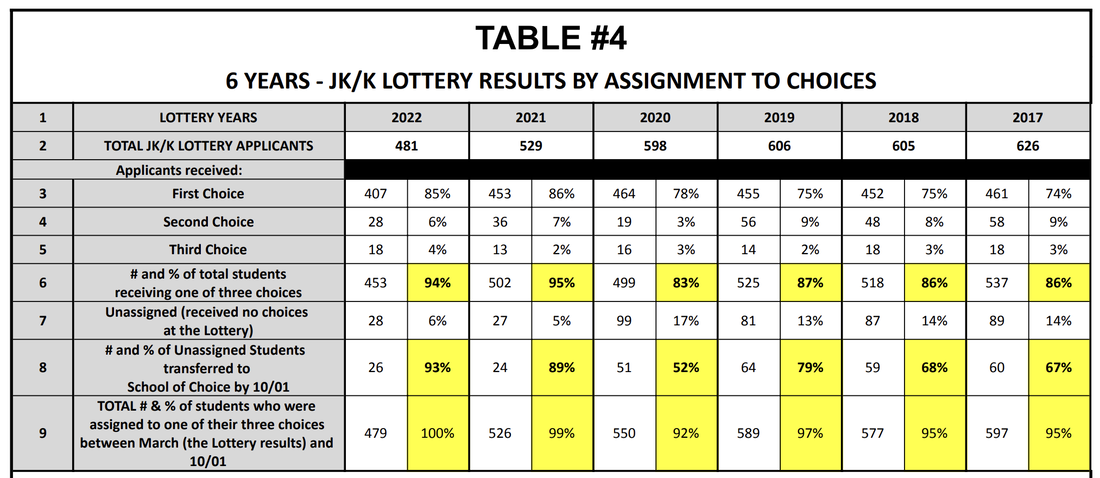
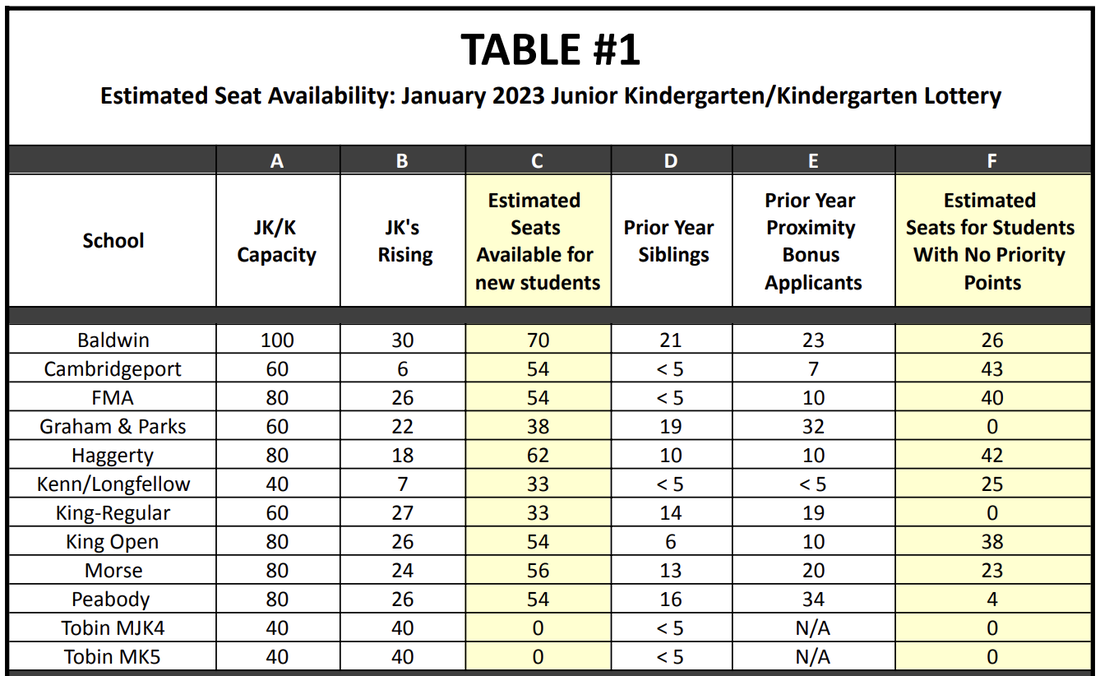
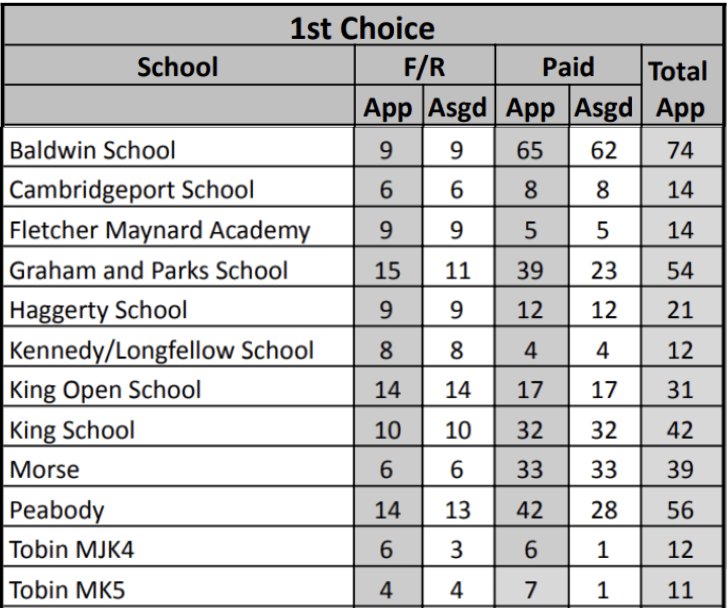
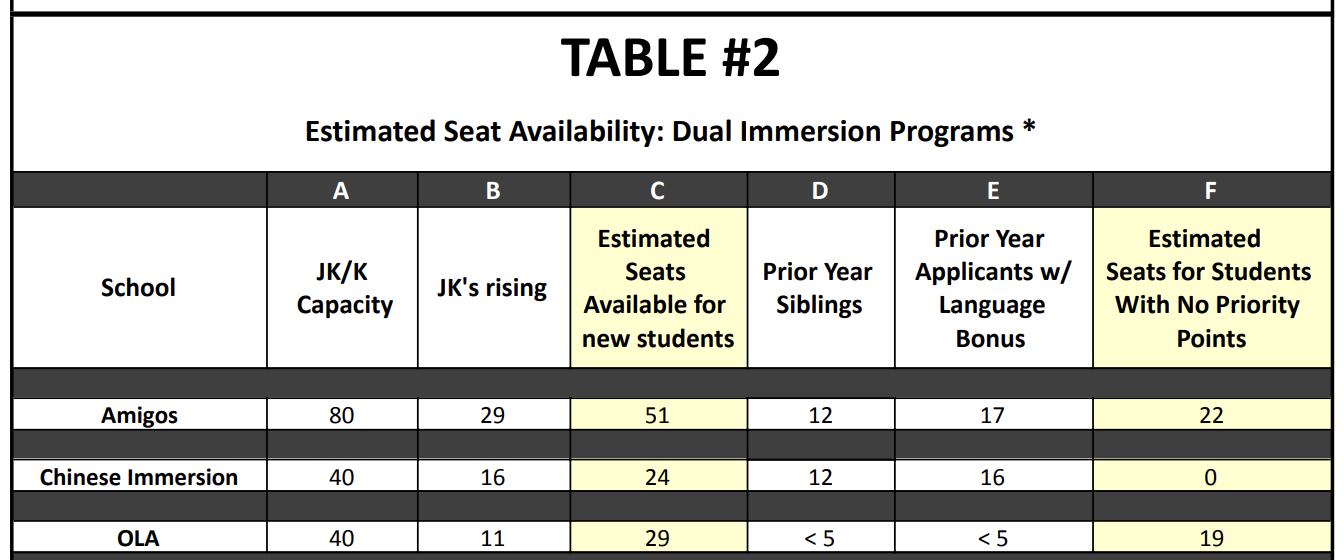
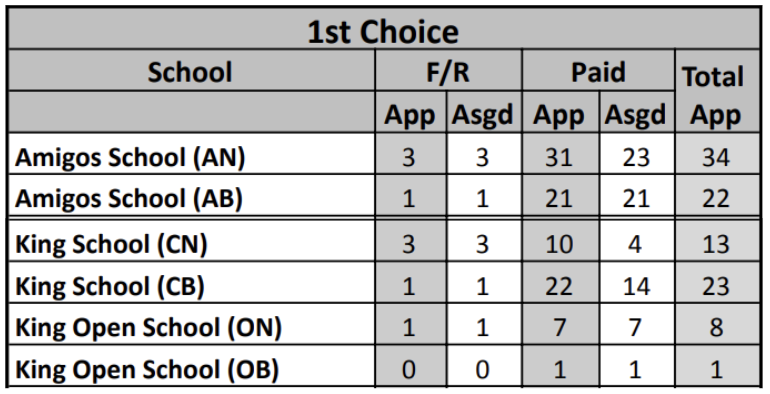
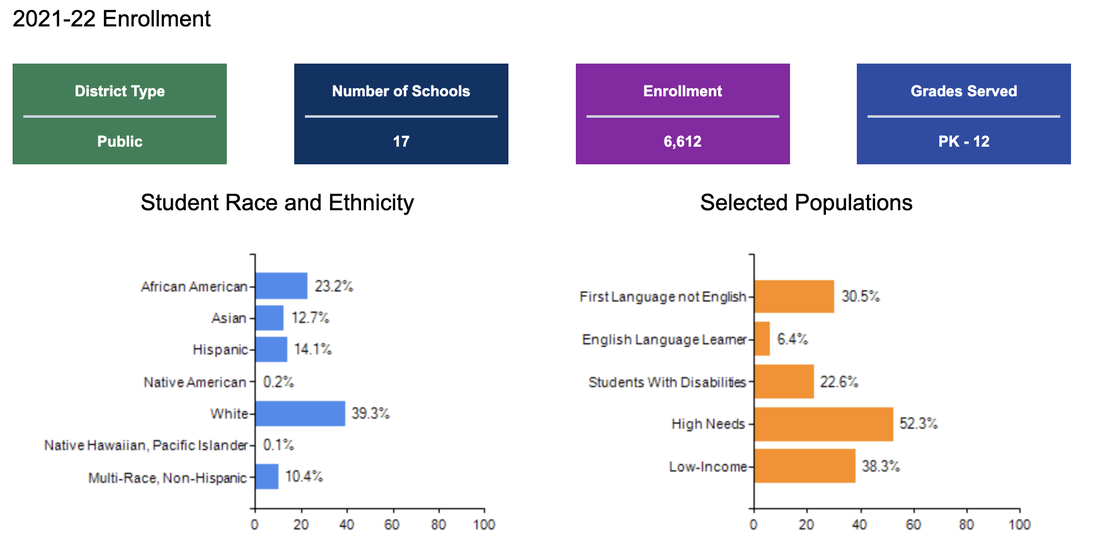
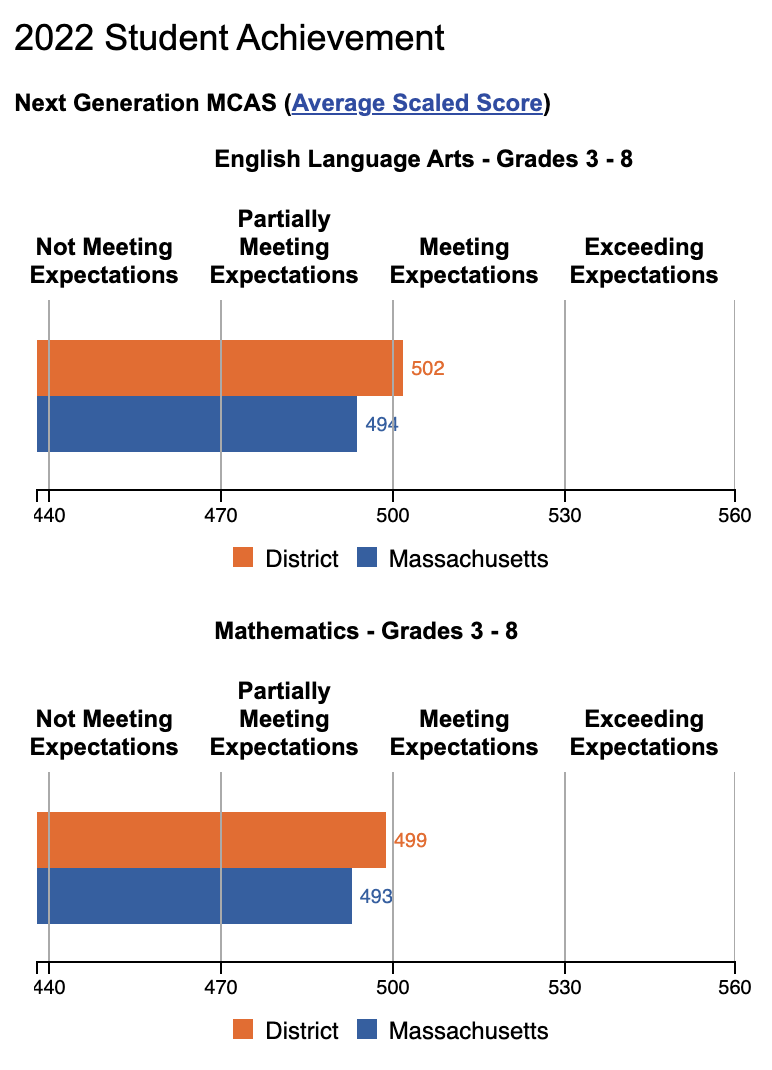
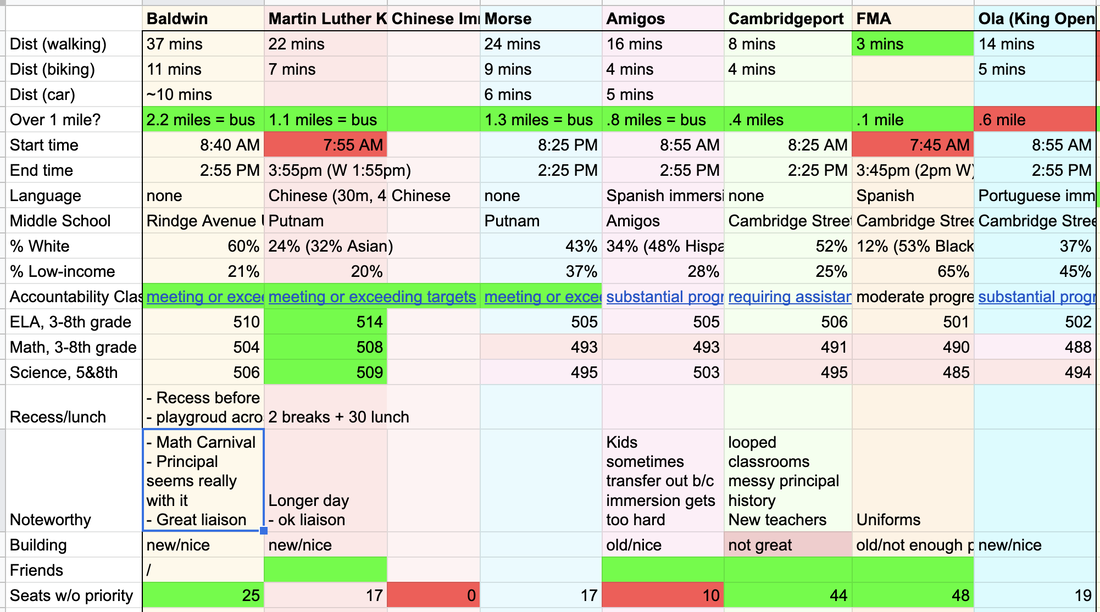
 RSS Feed
RSS Feed
